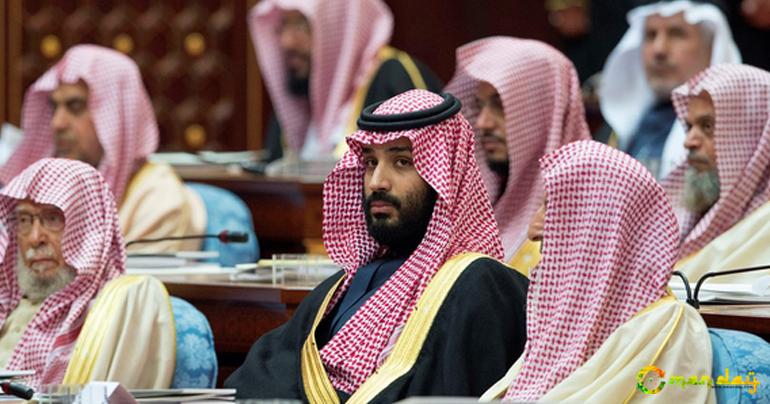House of Saud’s Power Struggle Could Turn Bloody
Over the coming months, the current power struggle within the House of Saud may develop into a bloody affair. For a long time Al-Saud boasted that unlike previous emirates and sheikhdoms that had previously ruled Arabia, they avoided bloody power struggles among themselves. The situation now seems to be different.
In 2007, the Al-Saud invented a 34-member royal committee of allegiance to sort out the delicate balance of power between the princes and elect a king by consensus. But the committee is now a relic from the past. If ever it had a role, it was a rubber stamp invoked to cast a veneer of consensus on royal decrees.
Of course, this persistent official narrative about the loving consensual royalty masked reality. Palace intrigues that are often an integral part of the Al-Saud cult occasionally erupted and became public knowledge.
The Al-Saud cult
Historically, those over-ambitious princes, who wanted to rock the royal boat when they felt marginalised or wanted to jump the queue, travelled to distant locations to escape the wrath of the cult elders. For example, Prince Talal bin Abdulaziz escaped to Beirut and Cairo in the early 60s to challenge royal elders, under the pretext of calling for a constitutional monarchy.
He was later pardoned and accepted money as compensation for zero power. In the same decade, Prince Khalid bin Musaid challenged King Faisal over the introduction of television and may have had political ambitions at the time. He was less lucky as he was shot dead.
Like all cults, the Al-Saud cult is founded on secrecy, rules fixed in stone and, obviously, total obedience. It expects its full members in addition to its followers to unquestionably believe in it, never criticise its seniors or release its intimate intrigues to outsiders.
Obedience to the sacrosanct cult founder bin Saud and a handful of his most powerful descendants is a prerequisite for membership in the wide circle of obedient followers, namely Saudi subjects. But today, the cult leader seems to be a mere 32-year-old prince who is desperate to become king as soon as possible and at all cost.
The Al-Saud cult is now showing big cracks under the iron fist and erratic policies of Crown Prince Mohammed bin Salman vis-a-vis his cousins and distant relatives.
The prince left no doubt that a serious power struggle is under way not only in the corridors of the Ritz-Carlton- since 4 November, the most famous inmate is now tycoon Walid bin Talal among others- but more recently in the dungeon of the infamous Al-Hayer prison where thousands of Saudis are usually incarcerated indefinitely without fair trials.
Power struggle
Only a few days ago Al-Hayer prisoners were perhaps surprised at the prospect of sharing their cells with a fresh wave of newly detained princes. After 11 princes gathered in the governor's palace in Riyadh and refused to leave, they were rounded and immediately sent there.
According to official sources, the princes came as a group to object to government cuts, high prices and unaffordable utility bills. The princes must have very high electricity bills because cooling their palaces requires continuous air-conditioning, now at a high cost after the government lifted subsidies on energy in general.
.jpg)
There is no reason to believe the official story about the impoverished 11 princes who cannot pay their electricity bills, although many minor princes can actually find themselves in such an unpleasant situation.
...[ Continue to next page ]
tag: blog , information
Share This Post






